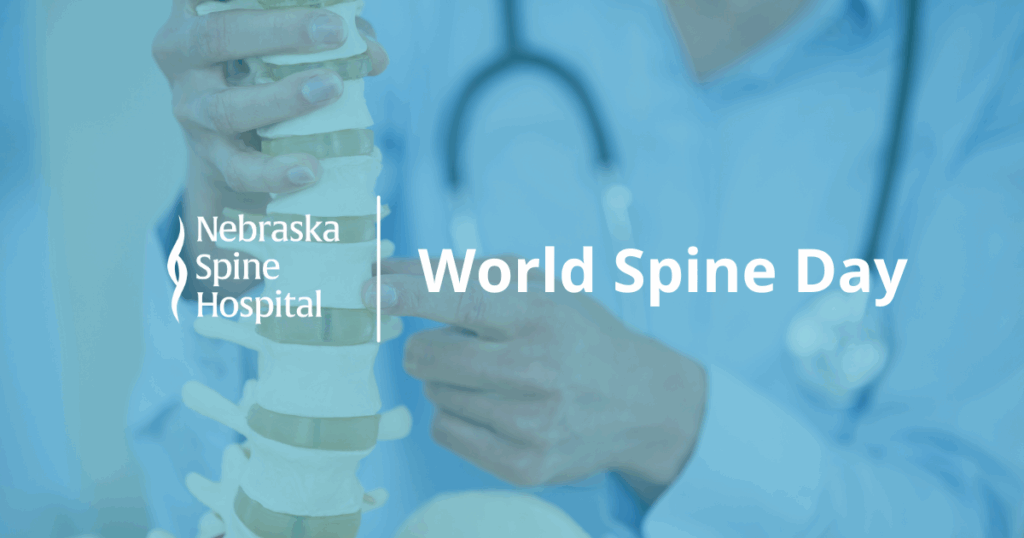Millions of people in the United States suffer from Sciatica. Sciatica is a term used to describe the symptoms of leg pain, tingling, and numbness or weakness originating in the lower back to the sciatic nerve in the back of the leg.
What surprises most of our patients is that Sciatica is not a medical diagnosis, it is merely a symptom of another underlying medical condition. The cause of sciatica can vary, but the three most common underlying issues are a bulging disc, spinal stenosis, and spondylolisthesis.
Symptoms
Sciatica is often characterized by one or more of the following symptoms:
- Constant pain in one side of the buttock or leg; rarely, the pain can occur in both legs
- Pain that worsens while sitting
- Burning or tingling leg pain
- Weakness, numbness, or difficulty moving the leg or foot
- A sharp pain that makes it difficult to stand up or walk
Most people who experience these symptoms feel better within a few weeks or months. Many find pain relief through alternating heat and cold therapy, pain medications, and steroid injections.
Treatment Options
Because Sciatica is the result of an underlying medical condition, the treatment is focused on identifying and relieving that issue. That being said, the treatment options for sciatica vary greatly. What works for one patient most likely won’t work for someone else.
Did You Know?
- Sciatica is most common in individuals 40-50 years old
- Sciatica isn’t the result of an injury, but develops over time
- The sciatic nerve is the largest single nerve in the body
- It’s rare to suffer permanent sciatic nerve damage as a result of sciatica
If you or a loved one is experiencing the symptoms listed above, it’s important to seek medical attention. This article was posted for educational purposes only. It is not meant to serve as medical advice.
Our team of trained and certified professionals is ready to assist you or a loved one to reduce any pain or to answer any of your questions regarding spine health.









